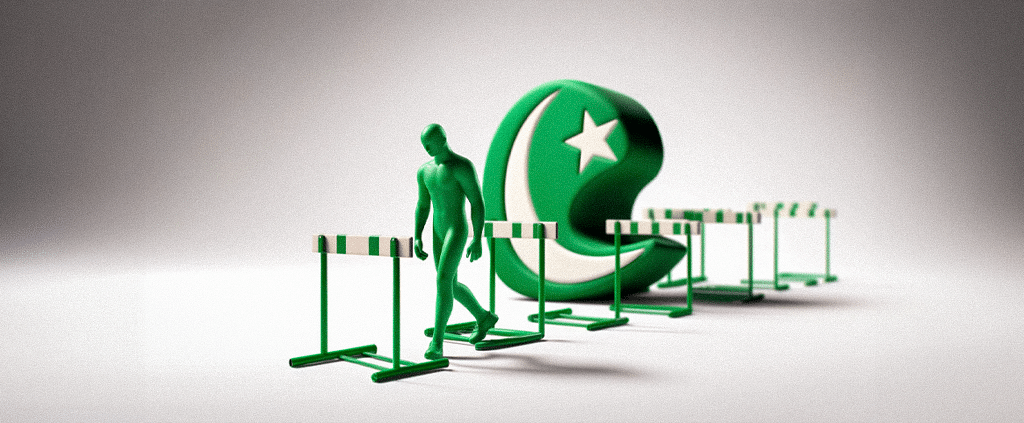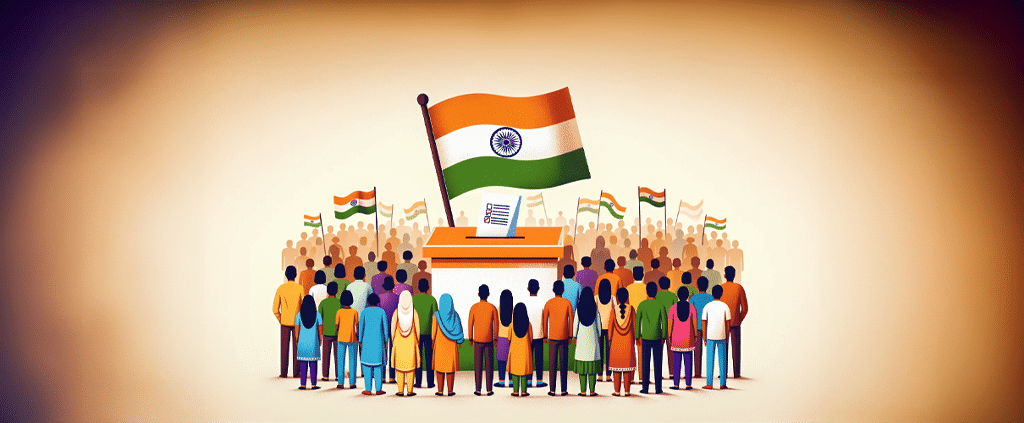Torwali Language, Music, and Poetry: An Heirloom of Love from Northern Pakistan
On a cold afternoon in the winter of 2016, my colleague and I parked at a fuel station in the city of Bahrain, northern Pakistan. As we rushed to the station office for some heat, an old man stood by our car. He had a sweet smile on his face, and his eyes were filled with tears. I greeted him, but he waved me away with his hand. I realized he was engrossed by sounds coming from our open car door: a DVD player hooked up to the car stereo was playing the video album Manjoora, a collection of ancient folk songs known in the Torwali language as Zo. The old man stood in the cold, moved by these Zo couplets. When the singers finished, the old man turned towards me and asked my name. I told him my name and my role in creating the Manjoora album. He hugged me and kissed my forehead. That day was a powerful moment in my career of promoting Torwali language and culture, but I have always lived in a place with a rich history of language diversity. I grew up in the Swat region and in other regions of North Pakistan, where more than half of the country’s seventy-eight languages are spoken. Torwali people are of Indo-Aryan descent and are one of the many Indigenous Dardic communities living in the region for over 5,000 years. But between the eleventh and seventeenth centuries, during several waves of invasions, many of the Torwalis and other Indigenous groups of Swat were gradually subjugated, driven out, or killed, leading to a substantial loss of Indigenous culture, identity, and language. Today, the Torwali people are Sunni Muslim, and we mostly live in the upper reaches of the Swat valley, around the town of Bahrain. An overwhelming majority of Torwalis are multilingual in Torwali, Pashto, and Urdu. A small number can also speak English and other Dardic languages, such as Gawri, Indus Kohistani, and Shina. Until 2004, Torwali was not a written language; today, there are some books written in and about Torwali, but it is still under-resourced. According to my research for the 2017 national census of Pakistan, Torwali is presently spoken by a population of about 140,000 people. Torwali is one of the twenty-seven languages in Pakistan which face attrition and are categorized by UNESCO as endangered. The Zo and Phal The story of my involvement in language revitalization starts in my teens. I often went to the jungles in Swat to gather firewood or morel mushrooms. While on the pine tree ridges, I used to hear sweet singing of Zo, traditional Torwali folksongs, by other foragers. The sound mingled with the breeze which gushed over the trees, providing a kind of accompaniment. I also tried to sing loudly. It often became a kind of competition in which the singers could not see each other, only hearing the songs and responding. When I was young I would see my mother performing the unique Torwali women’s dance known as naar. Now, the dance is mostly replaced by those from the dominant communities, yet many elderly women and some young women know this special dance. My mother has always been an inspiration for and source of my love of our language and culture. She has also made Zo and remembers hundreds of Zo by others. Now in her seventies, she is an Indigenous intellectual, having great knowledge of cultural practices and folk poetry. During my childhood, the Torwali community had lost their sense of identity, history, and pride. Centuries of domination had triggered a sense of shame about their culture and language. In most cases, attempts to revitalize our ancestral culture, especially the music, ignites people’s wrath even within our own communities. Many have been indoctrinated immensely by religious extremism and see our musical traditions as sacrilegious. I became curious about my mother tongue in college because of some unpleasant incidents. I felt that my classmates and some teachers looked down on me for being ethnically different and for using a language other than Pashto. These incidents would haunt me, and I used to be anxious about speaking Torwali. However, because my early youth was embedded in Torwali culture, I resisted some of that feeling of shame. These memories prompted me to not only help revitalize my language and culture but also work on Torwali history in order to reclaim our lost identity. In 2007, I motivated some other Torwali youth to join me in this mission. We established our small organization with the Urdu name Idara Baraye Taleem wa Taraqi (IBT), which translates to the Institute for Education and Development. Since then, our organization has been working for the mobilization and revitalization of Torwali language and culture, along with other endangered languages in the Swat region. IBT has initiated many programs for Torwali language and cultural heritage, including the use of Torwali in education, developing a writing system, enhancing literacy among young people, celebrating culture and music through festivals, and documenting folk poetry and music. Torwali Music and Poetry In the past, through the 1980s, Torwali music was popular and sung by everyday people without specially trained singers, musicians, or poets. Singing was accompanied by instruments like the sitar, ɖhūmām (drum), béʃél (flute), sūrni (traditional pipe), and bhédæn (a pitcher made of mud with its lid tightened with animal hide or string cloth). People used to sing Torwali music during community gatherings and festivities, such as haʃər, a time when villagers came together to cultivate and harvest crops or build a house. Music, singing, and dancing have also been common at wedding ceremonies and other rites of passage. Ancient Torwali musical traditions have continued to grow and change in recent times. When audiotapes arrived in the Swat Valley in the 1970s and 1980s, the ability to record led to the growth of Torwali music and poetry. After the late 1990s, however, we noticed a fast decline in Torwali musical traditions. Access to Bollywood movies
Torwali Language, Music, and Poetry: An Heirloom of Love from Northern Pakistan Read More »





